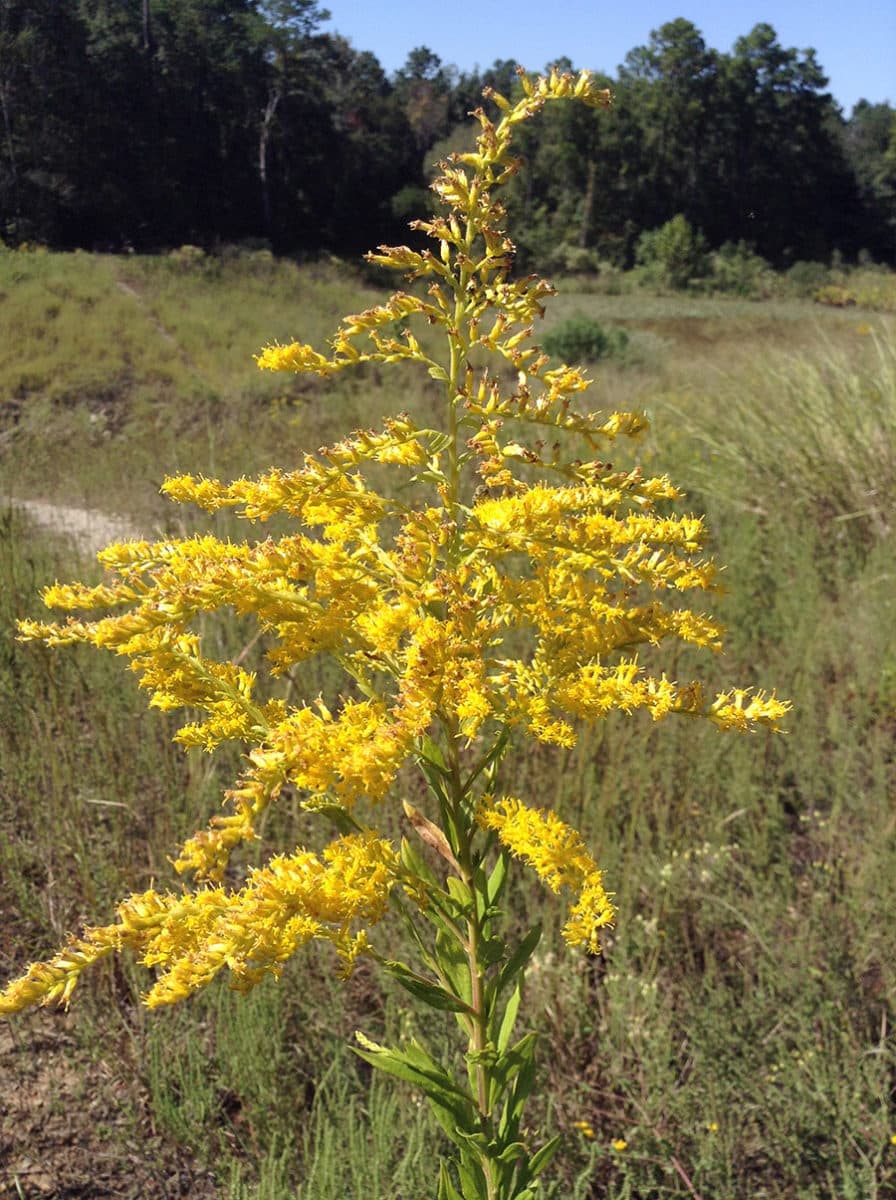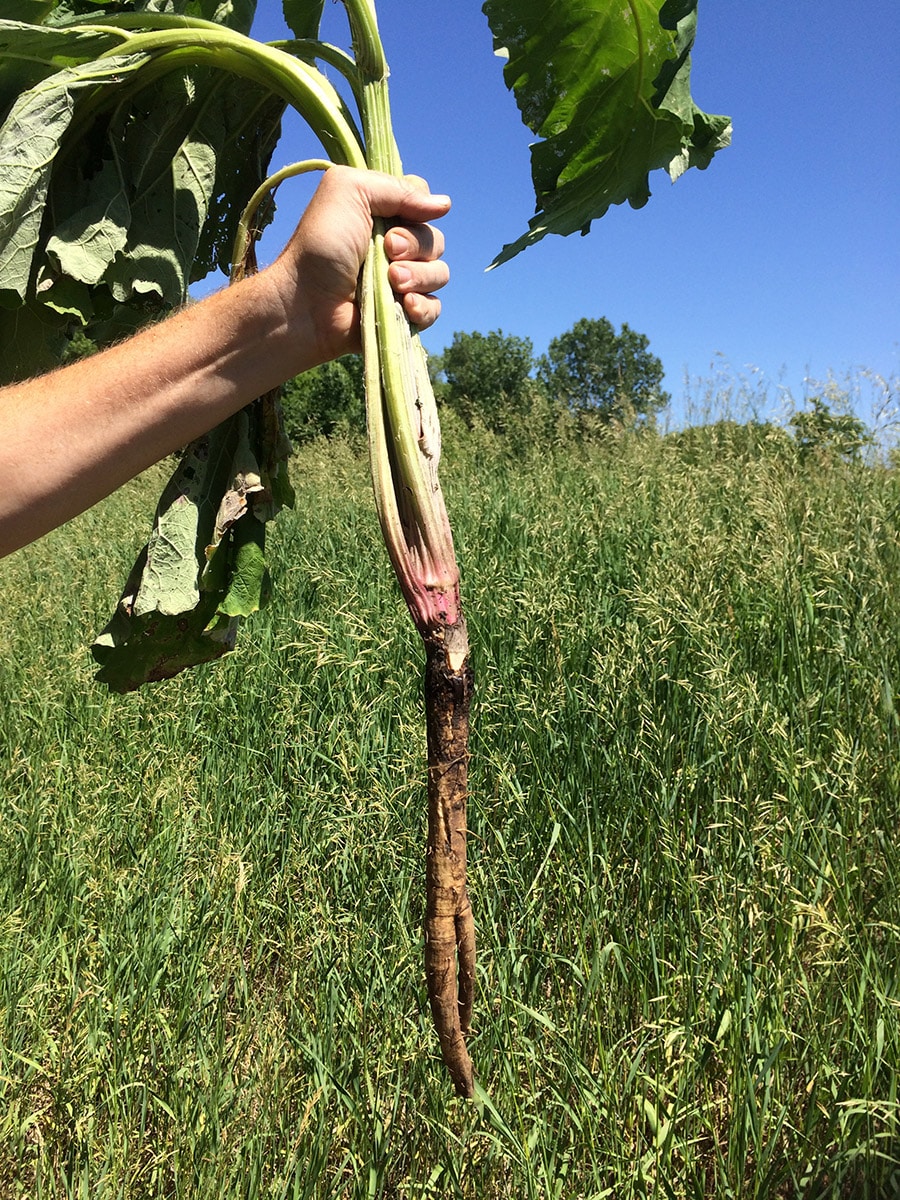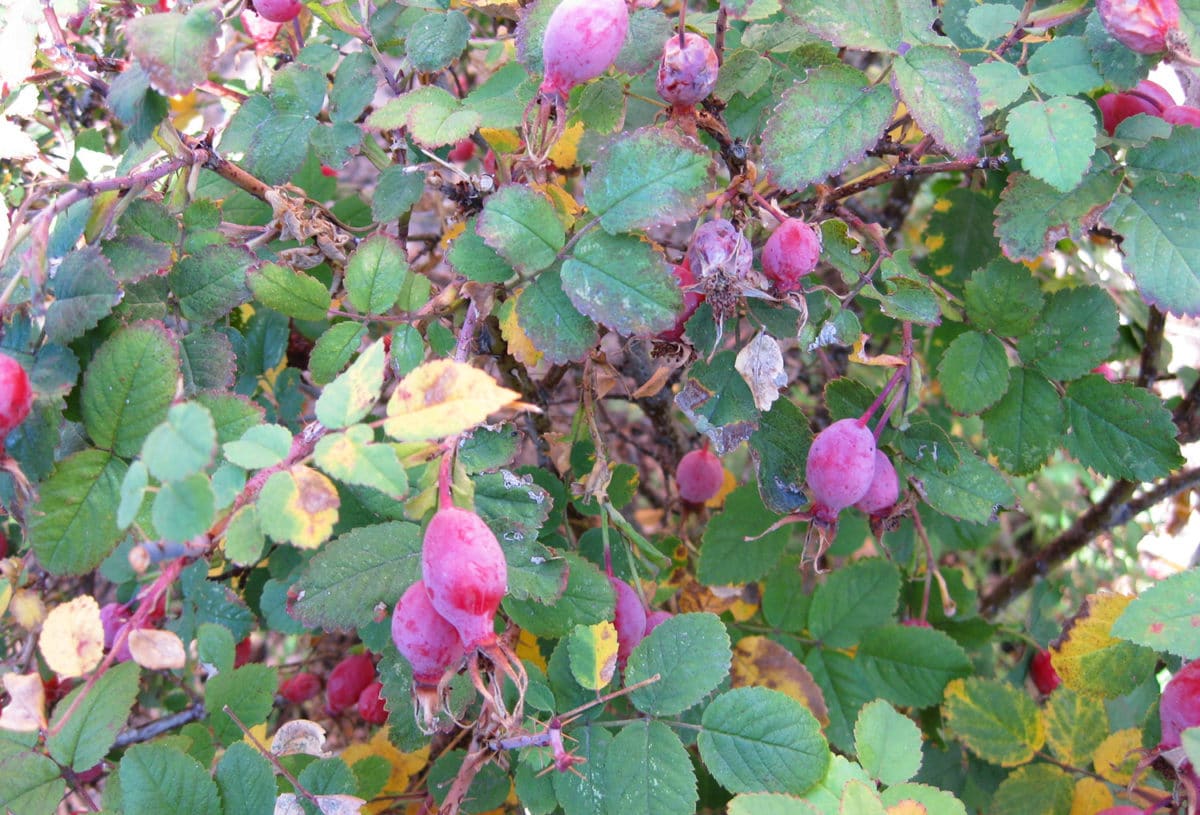It’s sunny but a cool wind blows from the north. The grass, once green and lush, is now half brown as it sways in waves across the long-abandoned field on the edge of town. The heat of summer is gone, winter comes. But before the long, cold, dark nights blanket the land, we have a feast of fall awaiting all our senses. Our eyes see the changing colors in the trees edging the field. The wind cools our cheeks, bringing up a rosy glow. From high in the sky we hear the honking of a flight of geese, running from the approaching cold. A scent of burning leaves brings back memories of childhood raking and jumping into piles. Alas, only our sense of taste is left out of this sensory swirl…but it doesn’t have to be.
The best thing about foraging is the complete immersion into nature that it brings. The wild feast, with a little guidance, can feed every sense. Come walk with me through the field and into the woods, gathering ingredients of secret tisanes to drink in the fall. These simple herbal teas will hold on to the glory of autumn even when winter covers the land.
It’s easy to spot the pyramidal clusters of dark, yellow flowers of goldenrod standing tall above the field’s grass. A teaspoon of the flowers, fresh or dried, has a delicious anise flavor as well as fever-reducing properties when steeped in a cup of hot water. Take clusters of healthy looking flowers that haven’t begun shriveling or dropping in large numbers from the stalks. Drying these blossoms is best done hanging them in a cool, dry interior room out of direct sunlight. Place an open, brown paper bag beneath the hanging flowers to catch blossoms as they dry and fall. Store the dried flowers in an airtight container to retain their flavor until use. In most locations goldenrod flowers are the bees’ last source of nectar and are needed to feed the bees through winter, so limit your harvest to under 10% of the available flowers.
Near the goldenrod stands a broadleafed plant covered with clingy burs. This is burdock, hated by many who pass through fields. During the fall and winter its grape-sized seed pods, covered with tiny hooks, catch rides on any bit of fabric or fur they touch, hoping to invade new, fertile ground. Yet hidden beneath this annoying weed grows a magnificent taproot that rivals dandelion for beneficial properties. Fifty-seven grams (2 ounces) of the chopped-up root boiled 10 minutes in one liter/quart of water gives a unique tea with interesting undertones of flavor. Add local honey or crushed hackberry fruit if you need it sweetened. Because of its diuretic properties, this tea has a long history as a blood purifier as well as a cleanser for kidneys and liver. It also stimulates the stomach, bringing on hunger even in those who usually have no desire to eat.


The stone foundation is all that remains of an old farmhouse, now covered with feral roses originally planted many long years ago. Fall means the blooms are long gone, but where each flower was is now a “rose hip” ready for harvest. Boiling three or four of these chopped rose fruit in a cup of hot water produces a tangy flavor indicating a high concentration of vitamin C. Your body can’t store or make its own vitamin C, so you need consume some every day to stay healthy. Rose hips can be used fresh now or months later after they’ve dried. The important thing is that you slice each rose hip in half to remove its seeds. These seeds are covered in tiny, stiff hairs that you won’t notice when you drink the tea…but you may the next day when these needle-like hairs try exiting.


At the edge of the field is a small grove of woods. Easily spotted along its edge are the flat, wart-covered trunks of hackberry trees. Their branches are loaded with small red fruit consisting of a thin pulp around a hard seed. Boiling a teaspoon of these crushed fruits and seeds in a cup of water produces a sweet, somewhat almond-flavored tea. You can also boil the crushed fruit to sweeten the other tisanes mentioned above. Hackberry trees are found worldwide and are the oldest known foraged plant. Peking Man, the 750,000 year old skeleton(s) of Homo erectus, were found with hackberries. Partaking in this sweetness sends you back through more than seven hundred millennia of fall. Hmmm, this means that along with your sense of taste, fall also stimulates your sense of time! ![]()
